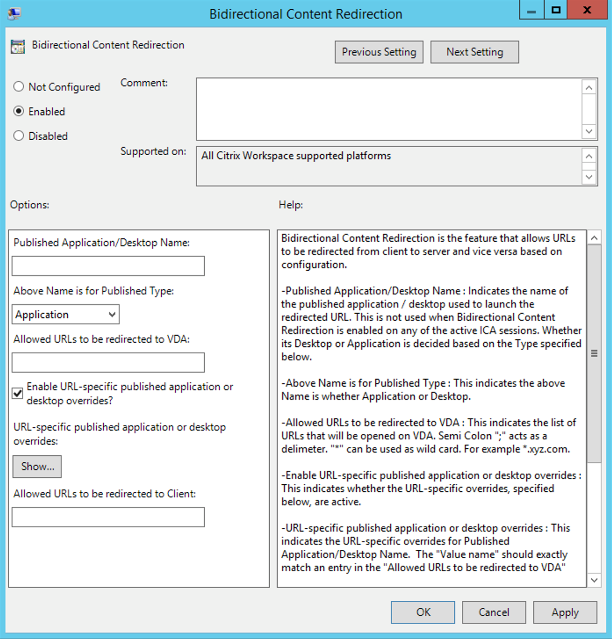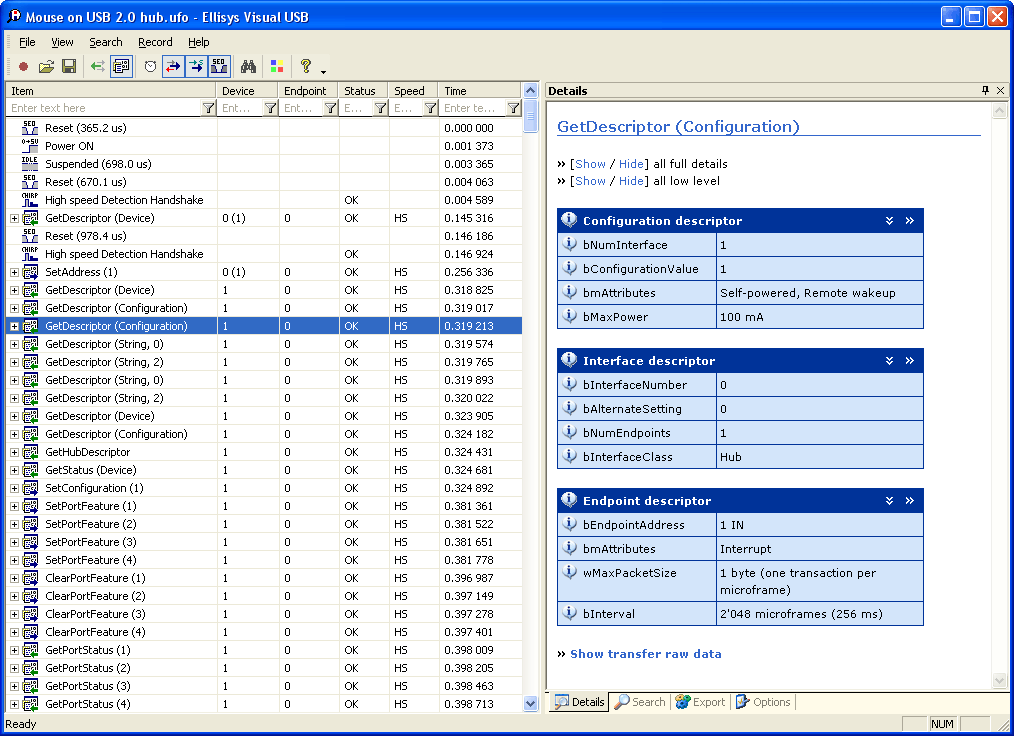The smartcard is a plastic card with a chip - much like a modern credit card. You can see electrical contacts on the chip. When the card is inserted, the chip is plugged into the decoder, allowing. If the 13.56 MHz card is encrypted, you should use the decoding software to crack it. 1, Connect the device to computer via the USB cable. Press the power button to turn on. 2, Don't press any button in the device. A removable disk pops up in your computer. 3, Open the disk. Find the manual and the decoding software. Run the software. However, if you eventually kill your decoder, you can still wake it by reading my post here. After the USB device has been detected successfully, you can perform the software update according to the following steps: Press MENU button to enter Main Menu. Now go to external devices; Proceed to file manager.
- Smartcard Decoding Program Updates Windows
- Smartcard Decoding Program Updated
- Smartcard Decoding Program Update Template
Applies To: Windows 10, Windows Server 2016
This article explains tools and services that smart card developers can use to help identify certificate issues with the smart card deployment.
Debugging and tracing smart card issues requires a variety of tools and approaches. The following sections provide guidance about tools and approaches you can use.
Certutil
For a complete description of Certutil including examples that show how to use it, see Certutil [W2012].
List certificates available on the smart card
To list certificates that are available on the smart card, type certutil -scinfo.
Note
Entering a PIN is not required for this operation. You can press ESC if you are prompted for a PIN.
Delete certificates on the smart card

Each certificate is enclosed in a container. When you delete a certificate on the smart card, you're deleting the container for the certificate.
To find the container value, type certutil -scinfo.
To delete a container, type certutil -delkey -csp 'Microsoft Base Smart Card Crypto Provider' '<ContainerValue>'.
.jpg/220px-1979_erste_G%26D-Chipkarte_(8_Kontakte).jpg)
Debugging and tracing using WPP
WPP simplifies tracing the operation of the trace provider. It provides a mechanism for the trace provider to log real-time binary messages. Logged messages can be converted to a human-readable trace of the operation. For more information, see Diagnostics with WPP - The NDIS blog.
Enable the trace
Using WPP, use one of the following commands to enable tracing:
tracelog.exe -kd -rt -start <FriendlyName> -guid #<GUID> -f .<LogFileName>.etl -flags <flags> -ft 1
logman start <FriendlyName> -ets -p {<GUID>} -<Flags> -ft 1 -rt -o .<LogFileName>.etl -mode 0x00080000
You can use the parameters in the following table.

| Friendly name | GUID | Flags |
|---|---|---|
scardsvr | 13038e47-ffec-425d-bc69-5707708075fe | 0xffff |
winscard | 3fce7c5f-fb3b-4bce-a9d8-55cc0ce1cf01 | 0xffff |
basecsp | 133a980d-035d-4e2d-b250-94577ad8fced | 0x7 |
scksp | 133a980d-035d-4e2d-b250-94577ad8fced | 0x7 |
msclmd | fb36caf4-582b-4604-8841-9263574c4f2c | 0x7 |
credprov | dba0e0e0-505a-4ab6-aa3f-22f6f743b480 | 0xffff |
certprop | 30eae751-411f-414c-988b-a8bfa8913f49 | 0xffff |
scfilter | eed7f3c9-62ba-400e-a001-658869df9a91 | 0xffff |
wudfusbccid | a3c09ba3-2f62-4be5-a50f-8278a646ac9d | 0xffff |
Examples
To enable tracing for the SCardSvr service:
tracelog.exe -kd -rt -start scardsvr -guid #13038e47-ffec-425d-bc69-5707708075fe -f .scardsvr.etl -flags 0xffff -ft 1
logman start scardsvr -ets -p {13038e47-ffec-425d-bc69-5707708075fe} 0xffff -ft 1 -rt -o .scardsvr.etl -mode 0x00080000
To enable tracing for scfilter.sys:

- tracelog.exe -kd -rt -start scfilter -guid #eed7f3c9-62ba-400e-a001-658869df9a91 -f .scfilter.etl -flags 0xffff -ft 1
Stop the trace
Using WPP, use one of the following commands to stop the tracing:
tracelog.exe -stop <FriendlyName>
logman -stop <FriendlyName> -ets
Examples
To stop a trace:
tracelog.exe -stop scardsvr
logman -stop scardsvr -ets
Kerberos protocol, KDC, and NTLM debugging and tracing
You can use these resources to troubleshoot these protocols and the KDC:
Kerberos and LDAP Troubleshooting Tips.
Windows Driver Kit (WDK) and Debugging Tools for Windows (WinDbg). You can use the trace log tool in this SDK to debug Kerberos authentication failures.
To begin tracing, you can use Tracelog. Different components use different control GUIDs as explained in these examples. For more information, see Tracelog.
NTLM
To enable tracing for NTLM authentication, run the following command on the command line:
- tracelog.exe -kd -rt -start ntlm -guid #5BBB6C18-AA45-49b1-A15F-085F7ED0AA90 -f .ntlm.etl -flags 0x15003 -ft 1
To stop tracing for NTLM authentication, run this command:
- tracelog -stop ntlm
Smartcard Decoding Program Updates Windows
Kerberos authentication
To enable tracing for Kerberos authentication, run this command:
- tracelog.exe -kd -rt -start kerb -guid #6B510852-3583-4e2d-AFFE-A67F9F223438 -f .kerb.etl -flags 0x43 -ft 1
To stop tracing for Kerberos authentication, run this command:
- tracelog.exe -stop kerb
KDC
To enable tracing for the KDC, run the following command on the command line:
- tracelog.exe -kd -rt -start kdc -guid #1BBA8B19-7F31-43c0-9643-6E911F79A06B -f .kdc.etl -flags 0x803 -ft 1
To stop tracing for the KDC, run the following command on the command line:
- tracelog.exe -stop kdc
To stop tracing from a remote computer, run this command: logman.exe -s <ComputerName>.
Note
The default location for logman.exe is %systemroot%system32. Use the -s option to supply a computer name.
Configure tracing with the registry
You can also configure tracing by editing the Kerberos registry values shown in the following table.
| Element | Registry Key Setting |
|---|---|
| NTLM | HKEY_LOCAL_MACHINESYSTEMCurrentControlSetControlLsaMSV1_0 Value name: NtLmInfoLevel Value type: DWORD Value data: c0015003 |
| Kerberos | HKEY_LOCAL_MACHINESYSTEMCurrentControlSetControlLsaKerberos Value name: LogToFile Value type: DWORD Value data: 00000001 HKEY_LOCAL_MACHINESYSTEMCurrentControlSetControlLsaKerberosParameters Value name: KerbDebugLevel Value type: DWORD Value data: c0000043 HKEY_LOCAL_MACHINESYSTEMCurrentControlSetControlLsaKerberosParameters Value name: LogToFile Value type: DWORD Value data: 00000001 |
| KDC | HKEY_LOCAL_MACHINESYSTEMCurrentControlSetServicesKdc Value name: KdcDebugLevel Value type: DWORD Value data: c0000803 |
If you used Tracelog, look for the following log file in your current directory: kerb.etl/kdc.etl/ntlm.etl.
If you used the registry key settings shown in the previous table, look for the trace log files in the following locations:
NTLM: %systemroot%tracingmsv1_0
Kerberos: %systemroot%tracingkerberos
KDC: %systemroot%tracingkdcsvc
To decode event trace files, you can use Tracefmt (tracefmt.exe). Tracefmt is a command-line tool that formats and displays trace messages from an event trace log file (.etl) or a real-time trace session. Tracefmt can display the messages in the Command Prompt window or save them in a text file. It is located in the toolstracing subdirectory of the Windows Driver Kit (WDK). For more information, see Tracefmt.
Smart Card service
The smart card resource manager service runs in the context of a local service. It's implemented as a shared service of the services host (svchost) process.
To check if Smart Card service is running
Press CTRL+ALT+DEL, and then select Start Task Manager.
In the Windows Task Manager dialog box, select the Services tab.
Select the Name column to sort the list alphabetically, and then type s.
In the Name column, look for SCardSvr, and then look under the Status column to see if the service is running or stopped.
To restart Smart Card service
Run as administrator at the command prompt.
If the User Account Control dialog box appears, confirm that the action it displays is what you want, and then select Yes.
At the command prompt, type
net stop SCardSvr.At the command prompt, type
net start SCardSvr.
You can use the following command at the command prompt to check whether the service is running: sc queryex scardsvr.
The following code sample is an example output from this command:

Smart card readers
As with any device connected to a computer, Device Manager can be used to view properties and begin the debug process.
To check if smart card reader is working
Navigate to Computer.
Right-click Computer, and then select Properties.
Under Tasks, select Device Manager.
In Device Manager, expand Smart card readers, select the name of the smart card reader you want to check, and then select Properties.
Note
If the smart card reader is not listed in Device Manager, in the Action menu, select Scan for hardware changes.
CryptoAPI 2.0 Diagnostics
CryptoAPI 2.0 Diagnostics is available in Windows versions that support CryptoAPI 2.0 and can help you troubleshoot public key infrastructure (PKI) issues.
CryptoAPI 2.0 Diagnostics logs events in the Windows event log. The logs contain detailed information about certificate chain validation, certificate store operations, and signature verification. This information makes it easier to identify the causes of issues and reduces the time required for diagnosis.
Smartcard Decoding Program Updated
For more information about CryptoAPI 2.0 Diagnostics, see Troubleshooting an Enterprise PKI.